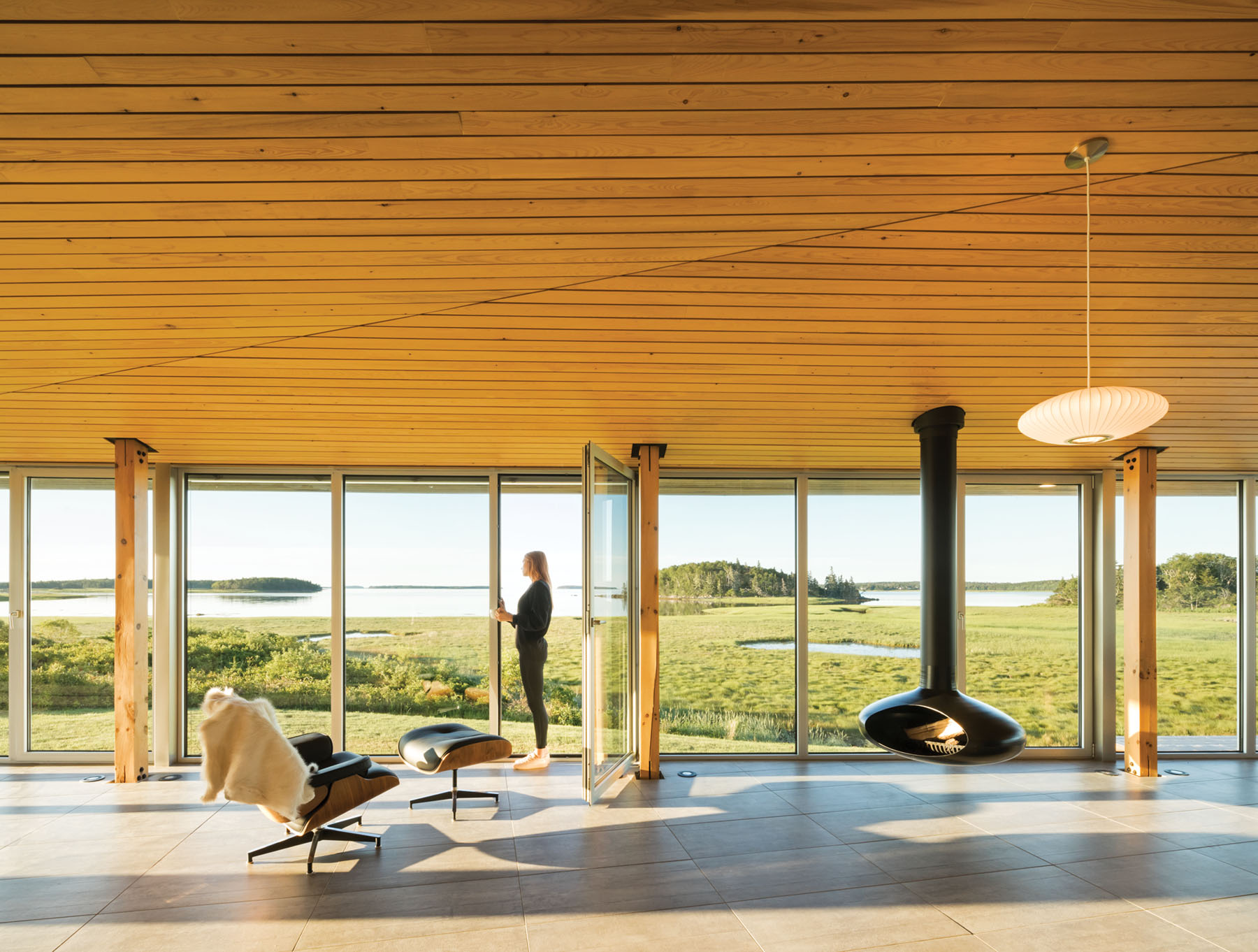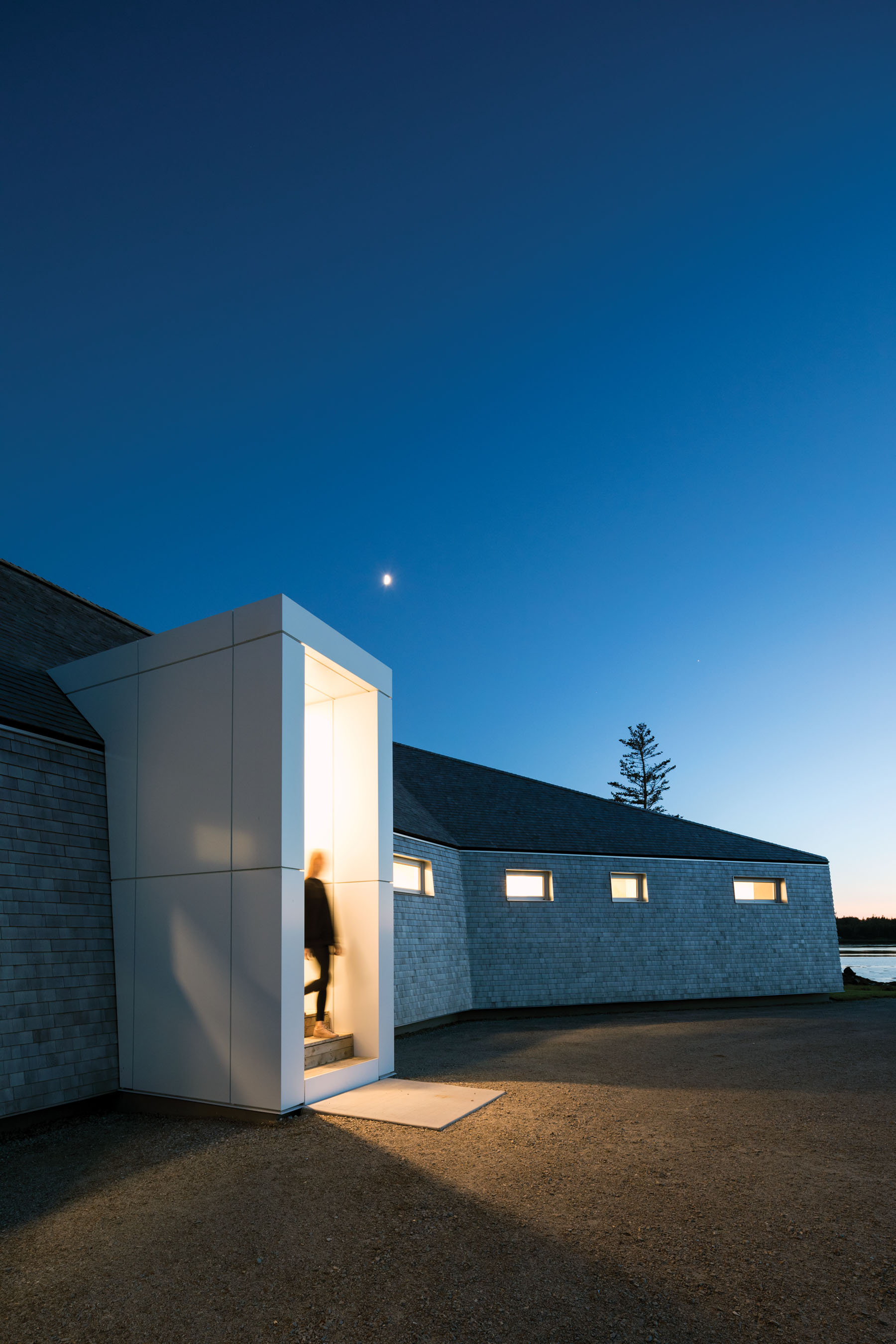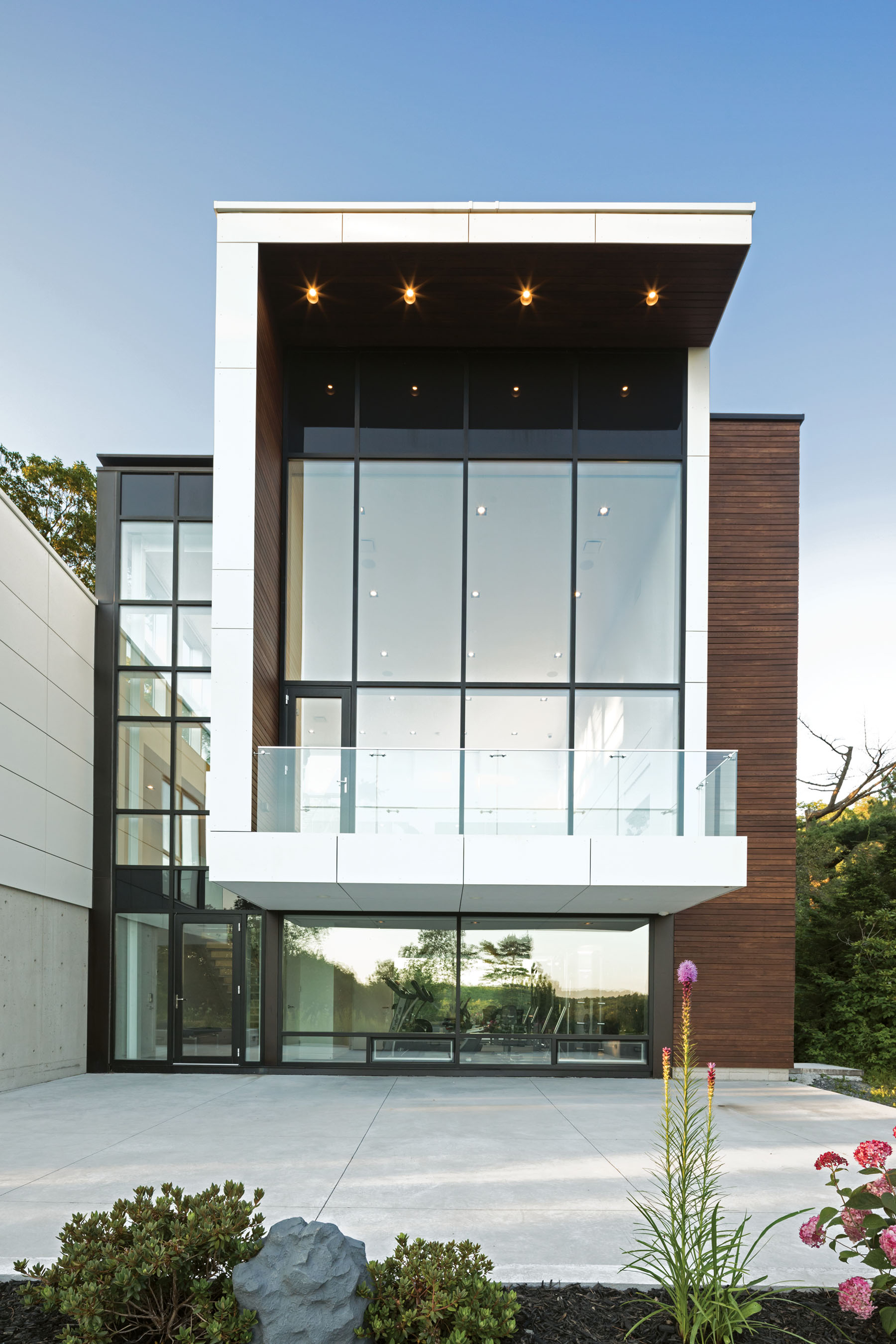Omar Gandhi was lost. It was his first day of high school and he found himself wandering in circles through the halls of Mayfield Secondary School, in the town of Caledon. For anyone else, this might have been standard first-day-of-grade-9 stuff — a minor embarrassment. For Gandhi, one of Canada’s foremost young architects, however, it proved to be a formative experience.
“My high school blew my mind,” says Gandhi, recalling his secondary school in the Greater Toronto Area. “It was a beautiful building built in the ’60s, and the auditorium was in the middle, so you actually circled around it to get to all your classes. It wasn’t a linear path, which I thought was really interesting, but I only paid attention to it because I remember getting completely lost and going [around] in circles.” He remembers a similar awakening years later when he began his studies at the University of Toronto. He was in awe of the Gothic spires of Hart House and the Soldiers’ Tower, and for the first time, his eyes opened to the potential of the built world to create emotion. “That was the first time I got really excited about architecture,” he says.
With a string of breathtaking homes in rural Nova Scotia to his credit, Gandhi has shown a knack for combining traditional forms with modern elements, creating structures that exist in harmony with their picturesque natural settings without blending into them. At Rabbit Snare Gorge in Cape Breton, the shape of a gabled shed is reinterpreted into a whimsically geometric house with spectacular views of the surrounding hills. At Shantih in Hunts Point, a multi-generational family cottage is built around a grassy bowl, where clean horizontal volumes encircle the hollow like a grandmother’s embracing arms. A slew of honours back up the hype these projects have generated, including the Canada Council for the Arts’ Prix de Rome in Architecture for Emerging Practitioners, a Governor General’s Medal in Architecture and a plum spot on Wallpaper magazine’s list of the world’s top 20 young architects.
“He has brought back the traditional Canadian cottage to the contemporary design conversation,” says Catherine Osborne, formerly the editor of Azure magazine, and a long- standing supporter of Gandhi’s work. “It harks back to the pitched roof and the quaintness of those styles, but it doesn’t copy them or mimic them. He’s come up with another vocabulary that’s not rural — it’s urbanism in the country.”
After studying architecture at Dalhousie University in Halifax, Gandhi grew to love both the wilderness of the Maritimes and the warmth of its people and ended up staying and working in Halifax. He could have easily made a career in Nova Scotia, building luxurious second homes for expats and austere modern cottages for retirees, but the big city beckoned. With its abundance of construction projects large and small, Toronto was a natural choice for an ambitious architect to open shop, and Gandhi did just that in 2016. Now, a world away from the rugged beauty of Nova Scotia, Gandhi is tasked with proving that his skill translates from cottages to the big city.
“The product is going to be very different, but the process is very similar,” he says of his studio’s shift from the Maritimes to Toronto. “We spend a lot of time researching materials and traditions in a specific area, as well as climate, context, historical precedents and the vernacular. We’re trying to find a deeper meaning to a site and trying to understand what’s most appropriate, to come up with ideas that tell a story about a place.” Where Nova Scotia is all about dense forests, rocky cliffs and the surging Atlantic, Toronto, Gandhi notes, is about different tones and types of brickwork, different species of local trees and varying colours and textures of wood. It’s also about the interplay of the squat post-war bungalows, ornate Victorian manses and modern boxes that line the city’s residential streets. Creating buildings that add to these neighbourhoods without disrupting them is a tall order for any architect, but it’s a challenge Gandhi is ready to tackle.
“There’s a general aesthetic or feeling that people are really tired of in this city,” he says of the drab anonymous modern home that has become increasingly ubiquitous in Toronto. “It doesn’t respond to the history of a place. It’s very much the kind of architecture you’d find anywhere on earth and doesn’t tell a story about Toronto.” Rather than just plunking down another charcoal grey glass-walled box, Gandhi and his team interpret cues from the pre- existing structures nearby into something at once familiar and new. “Our approach is modern architecture, but there’s still that connection of scale or texture or material. It’s not going to feel like a replica of another period, but it’s certainly going to feel like a younger kid in the same family.”
When Gandhi and his team aren’t busy transforming tired-looking single-family residences into stylish covetable homes, they’re dealing with their portfolio’s ever-increasing diversity. Among the renderings and photos that occupy a wall of his Toronto studio is an ambitious mixed-use redevelopment of a block in the Birch Cliff neighbourhood of Scarborough. The scale, location and purpose of the project — a 10-storey mid-rise with 120 residential units plus street-level retail — are a marked departure from anything Gandhi has done before. So too are his first-ever restaurant designs — one on Queen West for celebrity chef Matty Matheson and another for Leslieville’s beloved brunch destination, Lady Marmalade.
For the Lady Marmalade project, Gandhi is tasked with turning a century-old, multi- storey structure into a modern, functional dining space. While he was initially challenged by stringent building codes and accessibility requirements, as well as the existing long, narrow shell, his sense of playfulness prevails. “We’ve taken this old building, and instead of trying to add a bunch of elements to it, we’ve started to carve spaces out of it,” he says of the restaurant’s airy, light-filled interior. “Instead of feeling like these are major obstacles, it’s really just embracing those challenges to allow the project to become something extremely unique.”
Just as an Omar Gandhi cottage doesn’t have to look like a cottage, a restaurant needn’t look like a restaurant to him either — or, at least, like any restaurant you’ve ever seen before. This sense of discovery and freshness, combined with a deep respect for history and context, is what makes Omar Gandhi so good at what he does. He’s no longer that disoriented teenager circling his high-school auditorium in search of a grade 9 math class, or the shy undergraduate enthralled by U of T’s artful masonry, but a part of that awestruck kid lingers in the architect he became. Thankfully for us, some two decades later, the excitement Gandhi found in those buildings remains undiminished.
By Jeremy Freed – *This article originally appeared in INSIGHT: The Art of Living | Fall 2018
Photography: Tara Noelle








